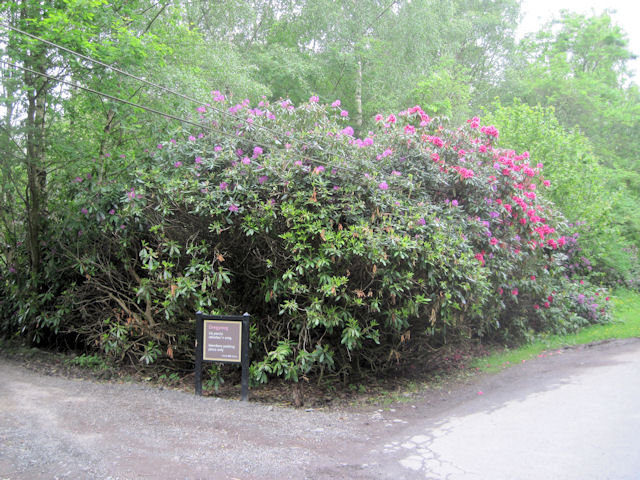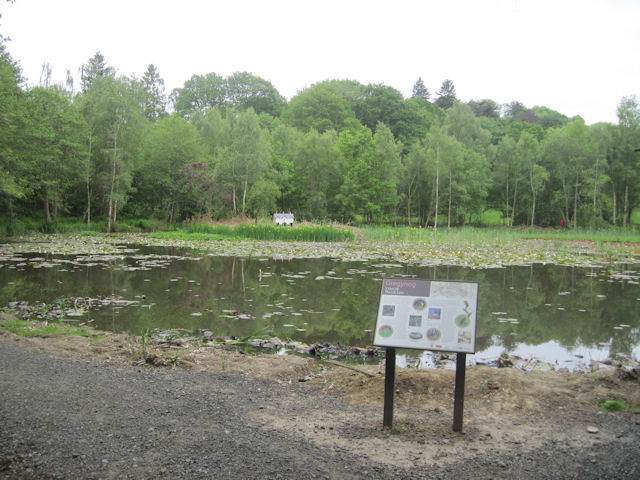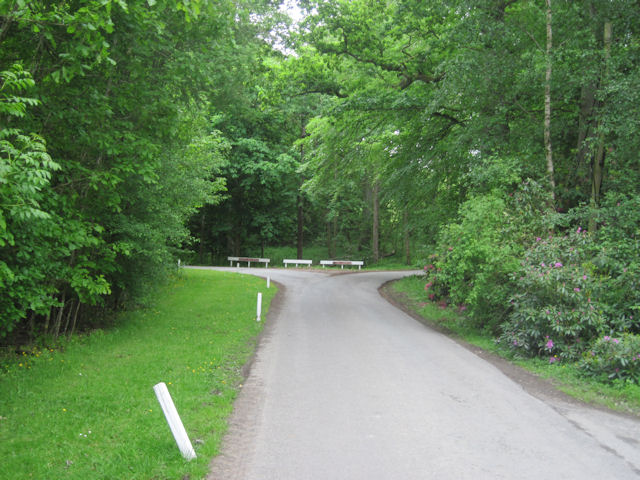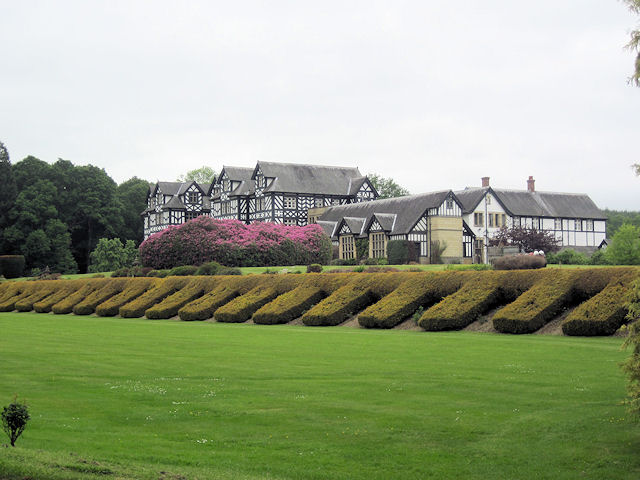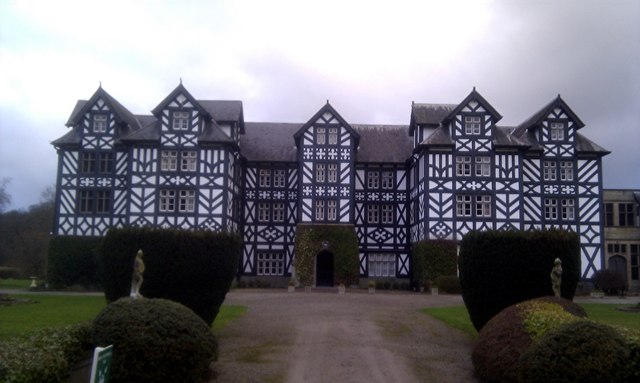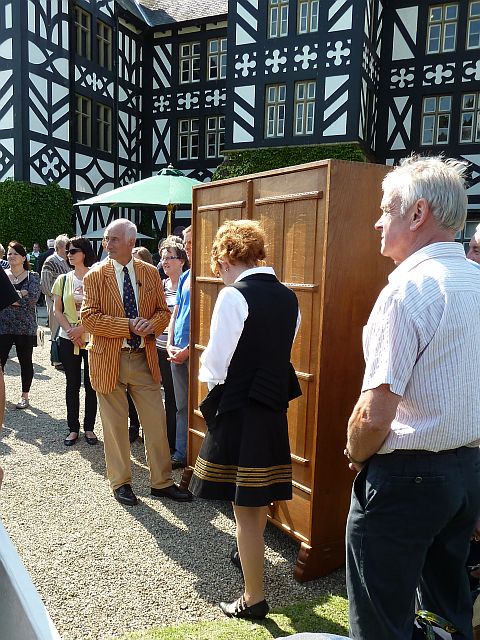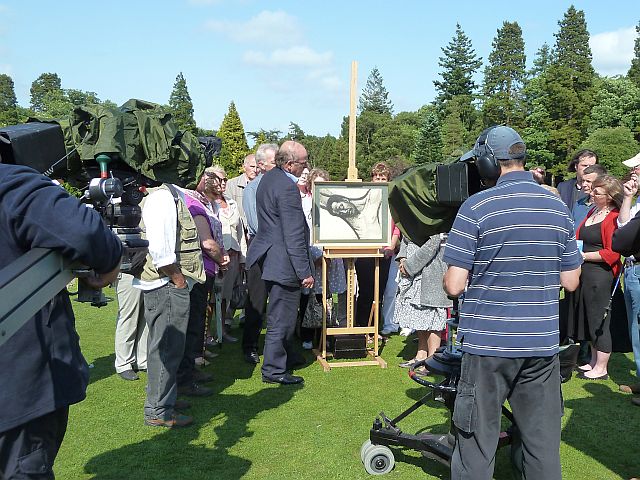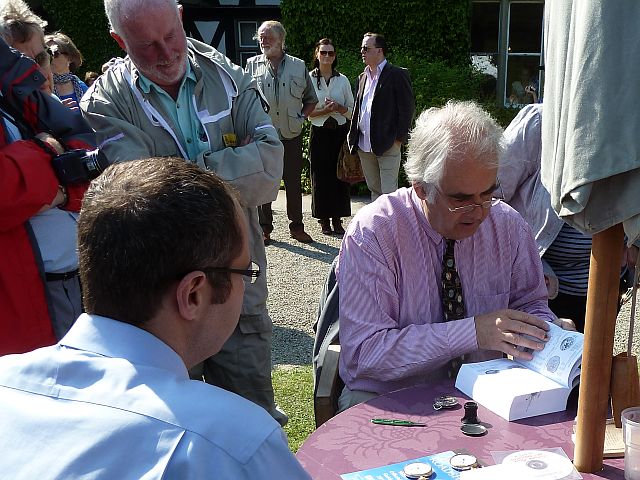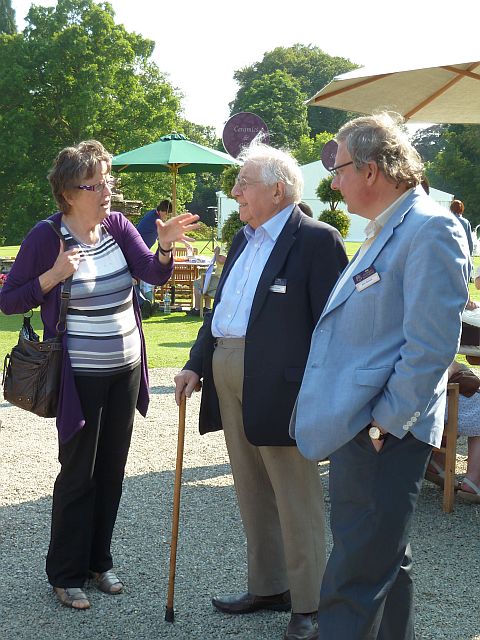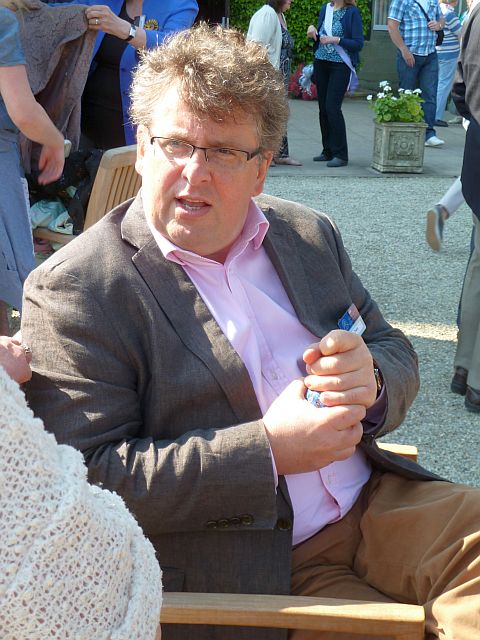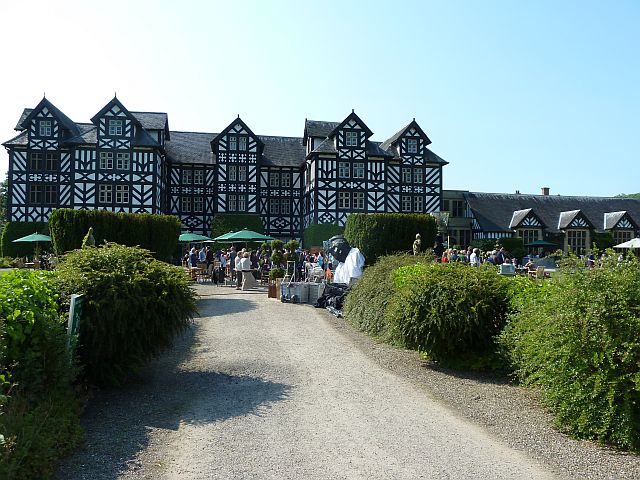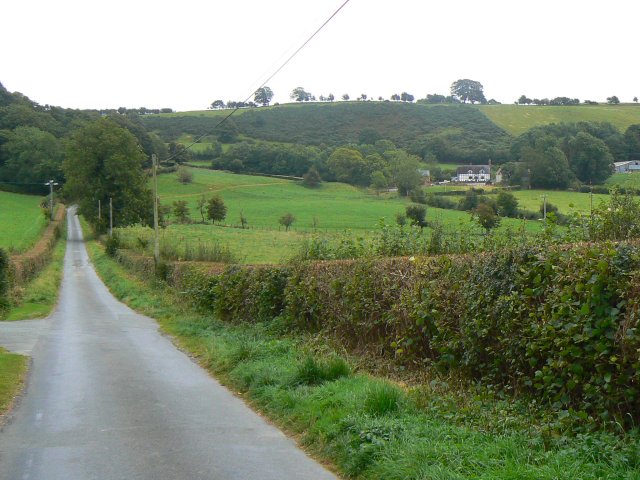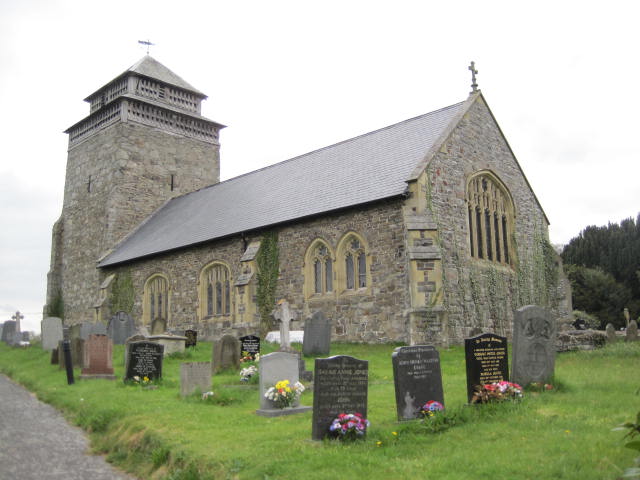Gregynog
Settlement in Montgomeryshire
Wales
Gregynog
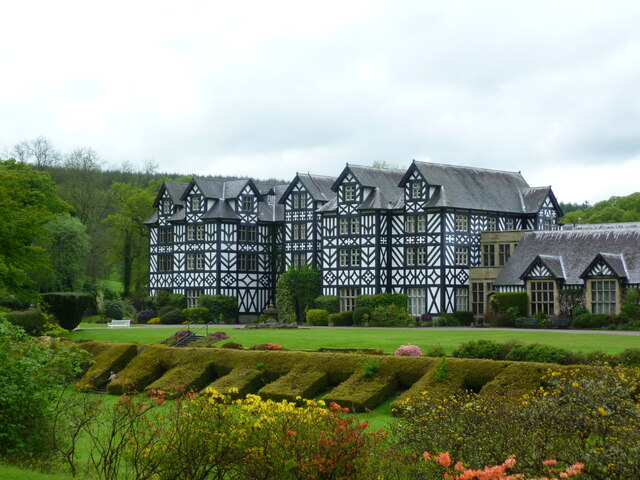
Gregynog is a historic country estate located in Montgomeryshire, Wales. The estate boasts a stunning mansion house surrounded by picturesque gardens and woodlands, making it a popular destination for visitors seeking a tranquil retreat in the Welsh countryside.
The mansion house at Gregynog dates back to the 16th century and has been beautifully preserved, offering a glimpse into the grandeur and elegance of the past. The gardens at Gregynog are equally impressive, featuring manicured lawns, vibrant flower beds, and meandering paths that invite visitors to explore and relax in the natural beauty of the estate.
In addition to its natural and architectural attractions, Gregynog is also known for its cultural significance. The estate is home to the Gregynog Festival, an annual celebration of music, art, and literature that has been held since the early 20th century. The festival attracts renowned performers and artists from around the world, further enhancing Gregynog's reputation as a hub of creativity and cultural exchange.
Overall, Gregynog is a unique and enchanting destination that offers a perfect blend of history, nature, and culture for visitors to enjoy.
If you have any feedback on the listing, please let us know in the comments section below.
Gregynog Images
Images are sourced within 2km of 52.563025/-3.3586382 or Grid Reference SO0897. Thanks to Geograph Open Source API. All images are credited.
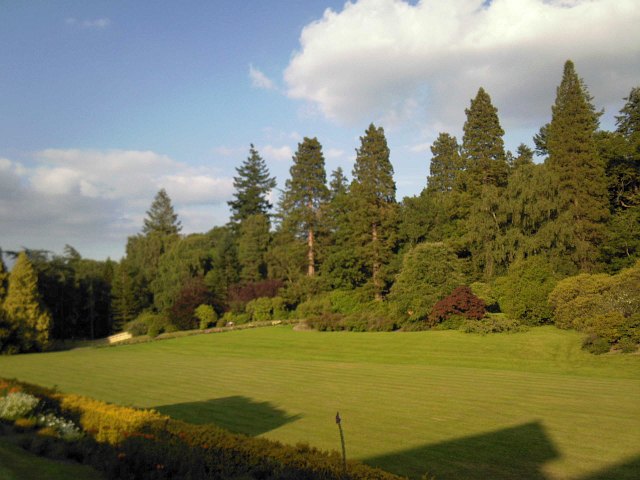
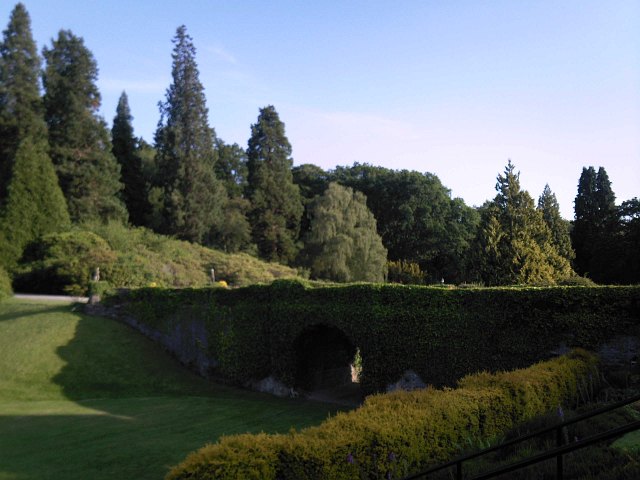
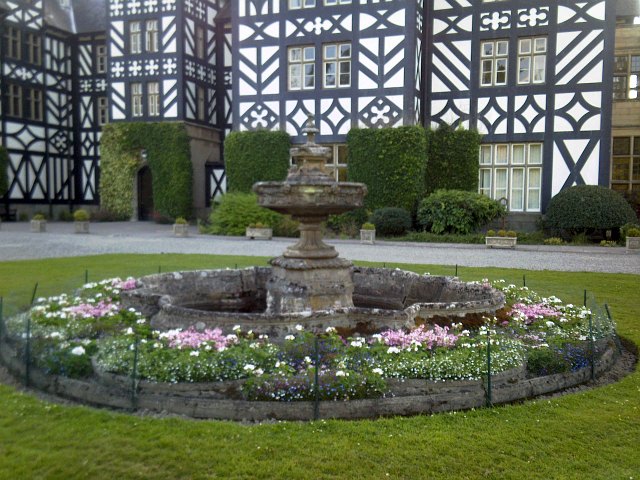
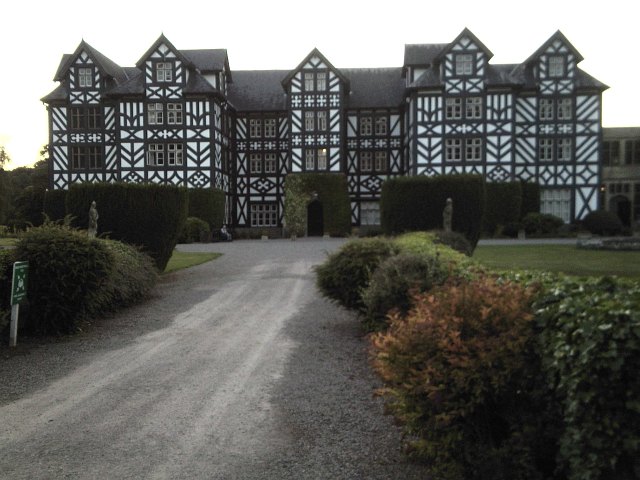
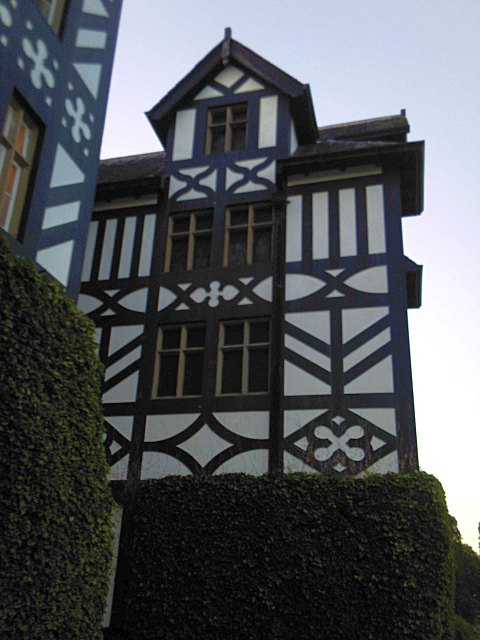
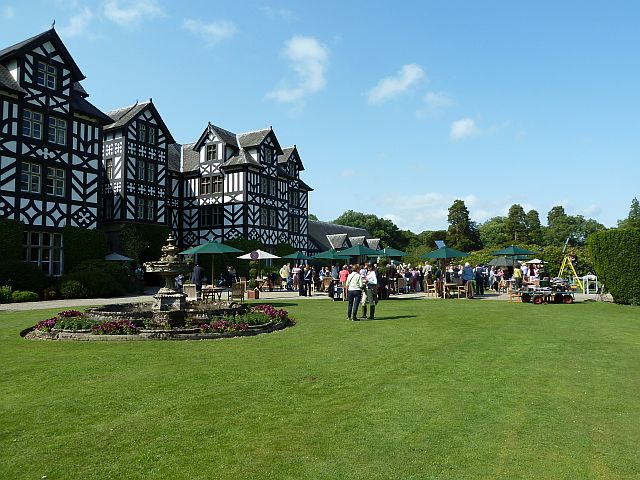
Gregynog is located at Grid Ref: SO0897 (Lat: 52.563025, Lng: -3.3586382)
Unitary Authority: Powys
Police Authority: Dyfed Powys
What 3 Words
///bookings.laces.data. Near Newtown, Powys
Nearby Locations
Related Wikis
Gregynog Hall
Gregynog (Welsh pronunciation: [ɡrɛˈɡənɔɡ]) is a large country mansion in the village of Tregynon, 4 miles (6.4 km) northwest of Newtown in the old county...
Tregynon
Tregynon is a small village and community in Montgomeryshire, Powys, Wales, to the north of Newtown and south west of Welshpool. The population of the...
St Beuno's Church, Bettws Cedewain
St Beuno's Church, Bettws Cedewain lies within the historic county of Montgomeryshire in Powys. The church occupies a prominent position overlooking the...
Bettws Cedewain
Bettws Cedewain (Welsh: Betws Cedewain), also known as Bettws Cedewen, is a small village and community in Montgomeryshire, Powys, Wales. It lies in a...
Nearby Amenities
Located within 500m of 52.563025,-3.3586382Have you been to Gregynog?
Leave your review of Gregynog below (or comments, questions and feedback).
